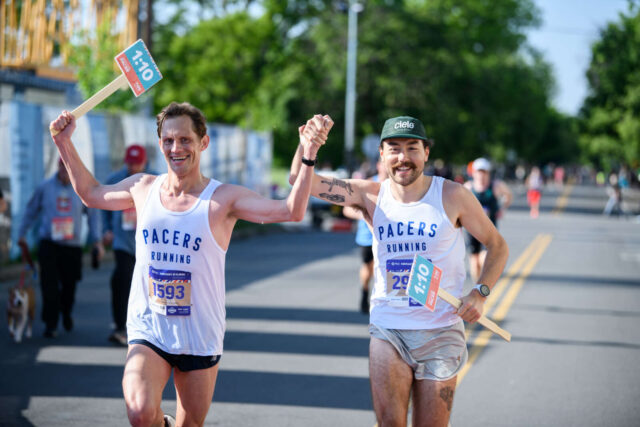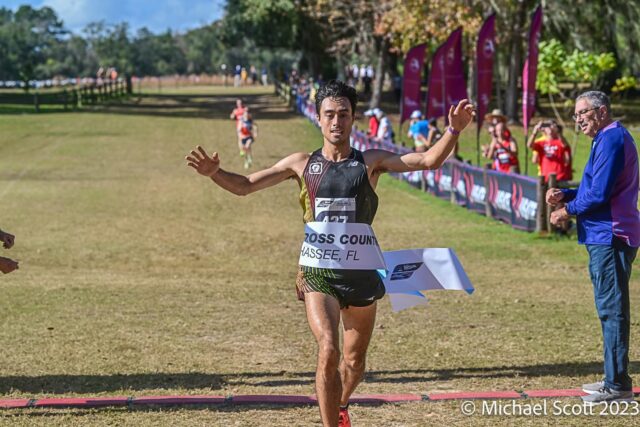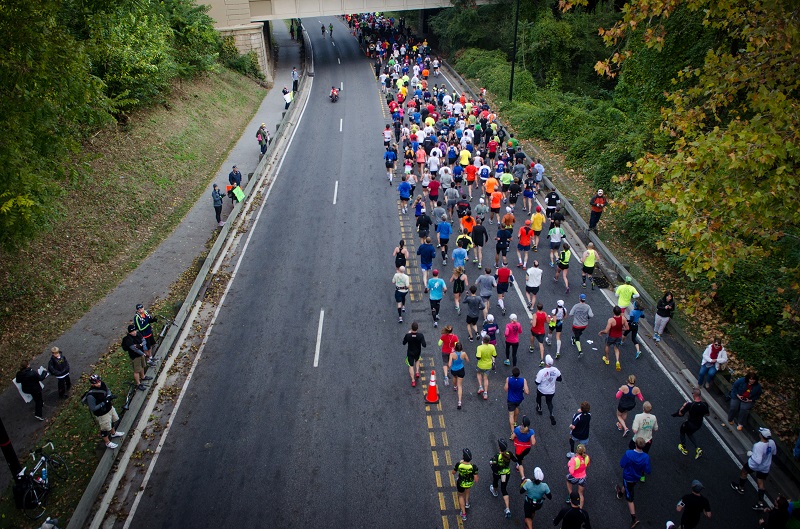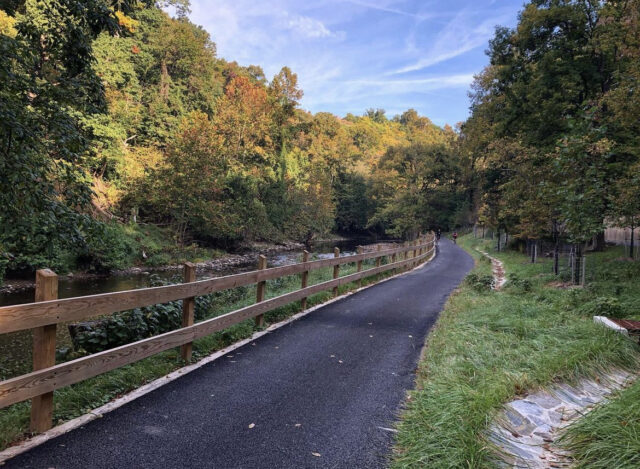Looking for our race calendar? Click here
Submit races here or shop local for running gear

Doubts swirled around my head, and my right quad muscles ached with cramp-like pain. It was only ten miles into the 2021 Philadelphia Marathon but as I watched what felt like hundreds of runners zip past me, I started to recalibrate my pre-race goal: Three hours and 50 minutes became four hours. Then four and a half hours. Then simply finishing.
The race turned into a mental battle. My legs screamed for me to stop and walk, while my brain urged me to continue on pace. The 10th mile would be my slowest up to that point. I tried to find motivation wherever I could. I repeated the mantras, “mind over body” and “don’t run scared,” to myself as I locked on to the runners in front of me. I visualized how satisfying it would feel when I crossed the finish line with another sub-four hour marathon. I thought about my supporters back home who were tracking my race online.

If I learned anything from the 2023 Parkway Classic, it was that I enjoy pacing people while running and that a large singlet was too big for me and threatened to sag below my shorts when it got wet.
Anyone I work out with on the track knows that I take a lot more pride in running my laps “dead-on-balls accurate” (it’s an industry term) than I do in running any rep particularly fast.

Sam Doud was itching to run, just for a few shakeout miles.
The problem was that he was at a post-race party after the California International Marathon (CIM) in Sacramento, Cali., where everyone else was happy to put the last 26.2 miles behind them. On that December 2018 morning, he was 52 seconds too slow to qualify for the 2020 Olympic Marathon Trials, and eager to fix that. But he took a few steps and realized a run just wasn’t going to happen.

St. Albans alumnus wins club cross country championship.


This article originally appeared in the January/February 2014 issue of RunWashington.
Runners run, elected officials legislate and besides the dozens of honorary congressional chairs for the Cherry Blossom Ten Mile, never the twain shall meet.

Comments are due Sept. 28 on the Arlington Boulevard Trail project.
Heritage alumna Weini Kelati will represent the United States in the 5k at the World Road Racing Championships Oct. 1 in Latvia.